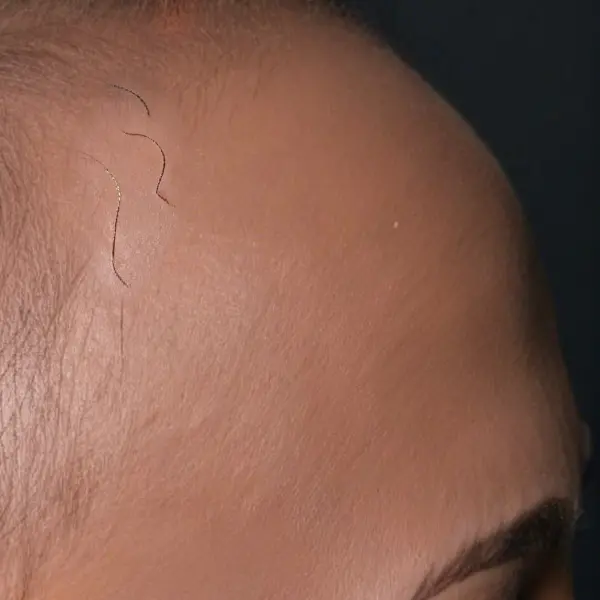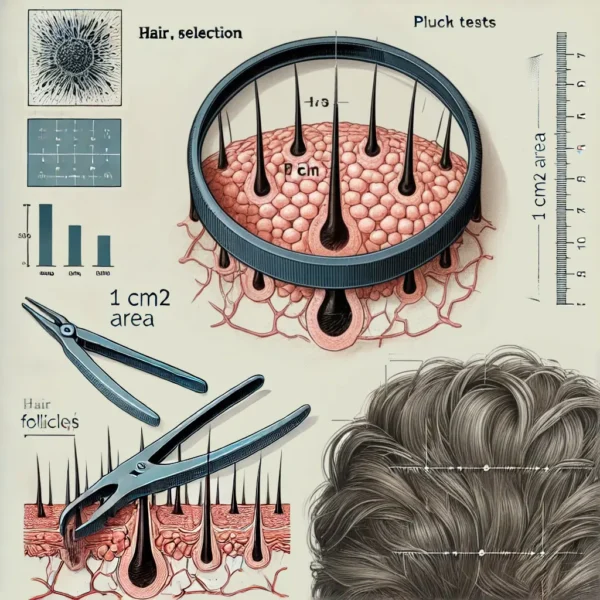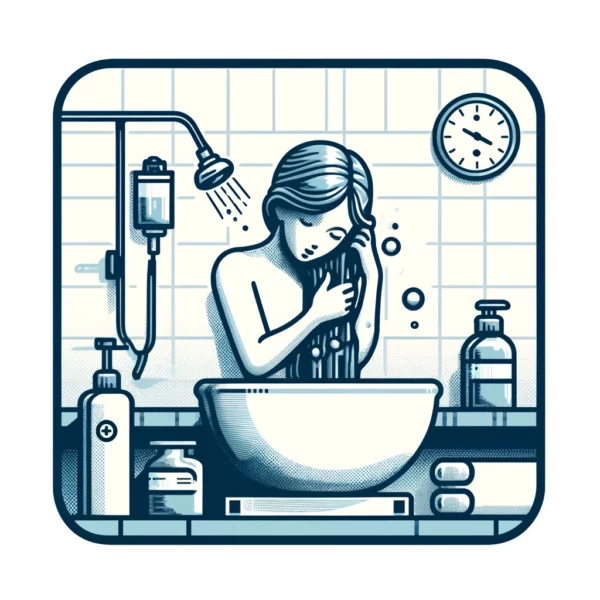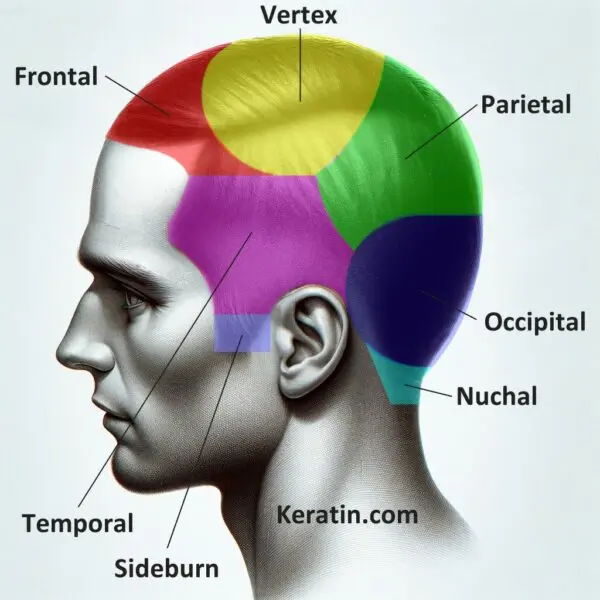
Measuring Scalp Sebum: Principles, Quantification Techniques and Dermatological Relevance
Sebaceous glands are holocrine units that synthesise and excrete a complex lipid mixture – sebum – onto the surface of skin and hair. On the…
Insights on Hair Health, Hair Growth, and Alopecia Research
Insights on Hair Health, Hair Growth, and Alopecia Research

Sebaceous glands are holocrine units that synthesise and excrete a complex lipid mixture – sebum – onto the surface of skin and hair. On the…

Hair breakage can be as distressing for patients as hair loss, yet the two phenomena have very different aetiologies, prognoses and management strategies. Sabouraud’s sign,…

Hair loss encompasses a vast array of conditions, each with unique clinical presentations, underlying pathophysiology, and therapeutic challenges. Within the domain of scarring (cicatricial) alopecias,…

Hair analysis serves as a critical tool in both clinical and research settings, enabling scientists, dermatologists, and other medical professionals to assess hair growth patterns,…

When it comes to evaluating hair loss, one of the simplest clinical procedures a dermatologist may use is the hair pull test. Despite its straightforward…

The hair wash test is a helpful diagnostic tool in trichology, offering clinicians and researchers a quantitative method to assess hair shedding. This test involves…

Introduction: Hirsutism, characterized by excessive terminal hair growth in women in a male-pattern distribution, is a common clinical condition with significant psychological and social implications.…

Introduction: While scalp hair is first and foremost a marker of personal style, it is also a critical indicator of an individual’s health. Among the…

The human scalp is a complex and vital area of the body, especially when considering hair and skin health. For healthcare professionals, particularly those specializing…